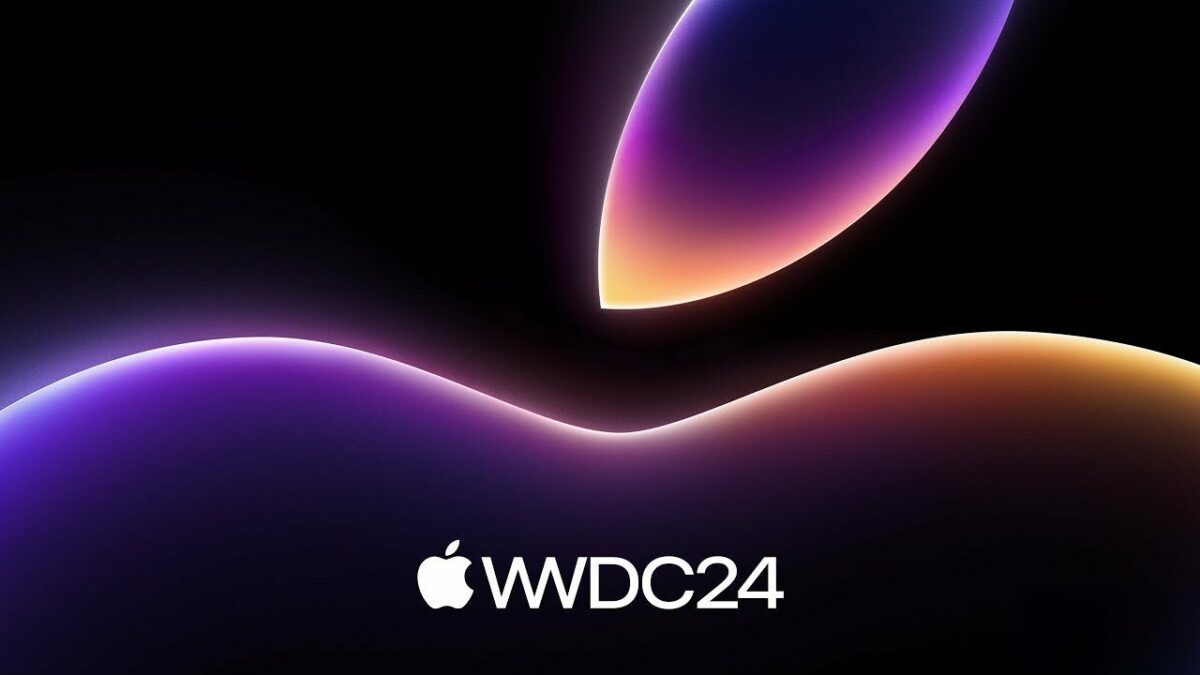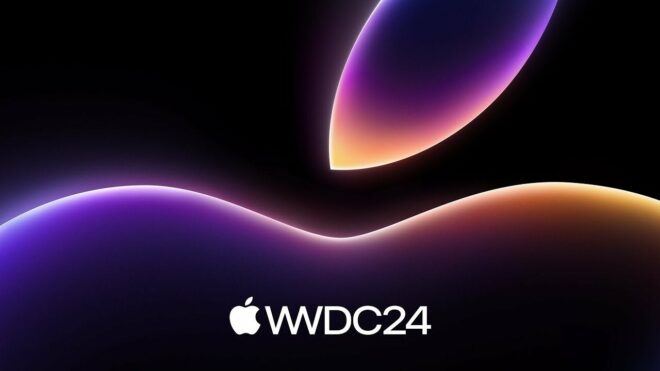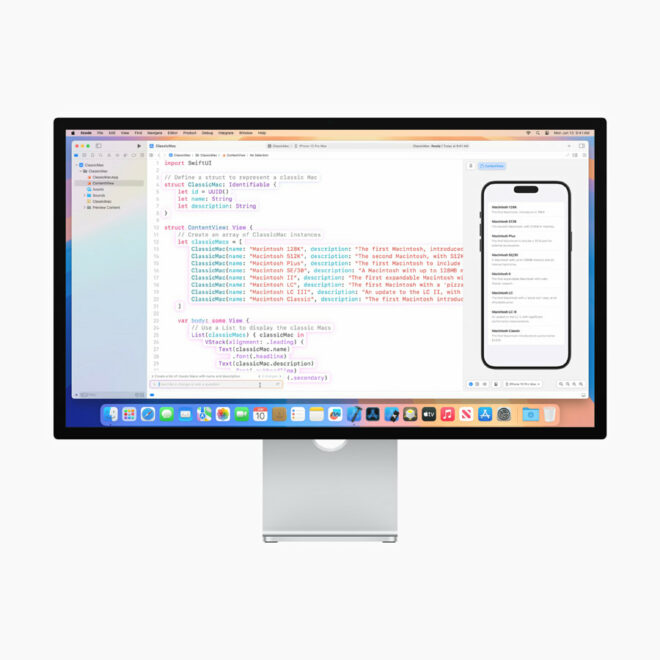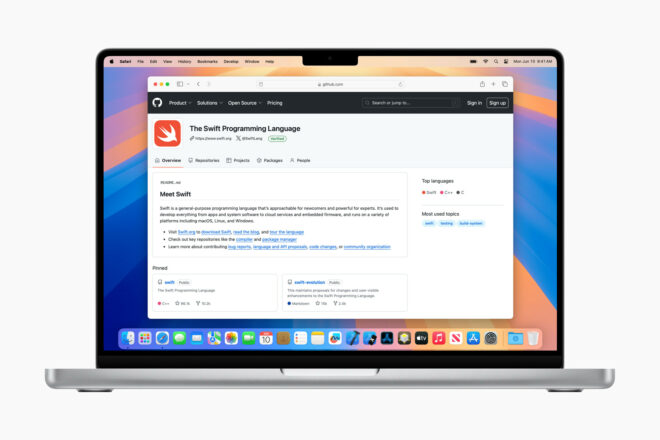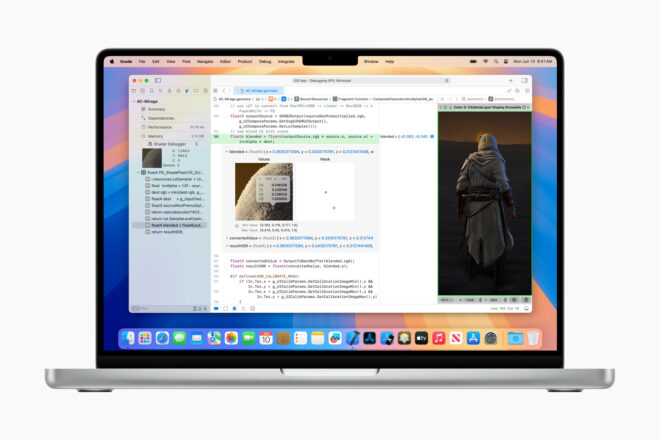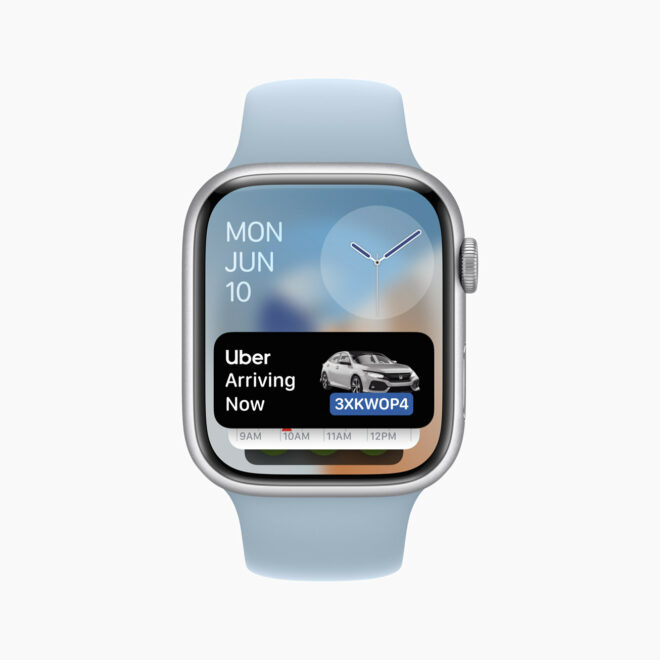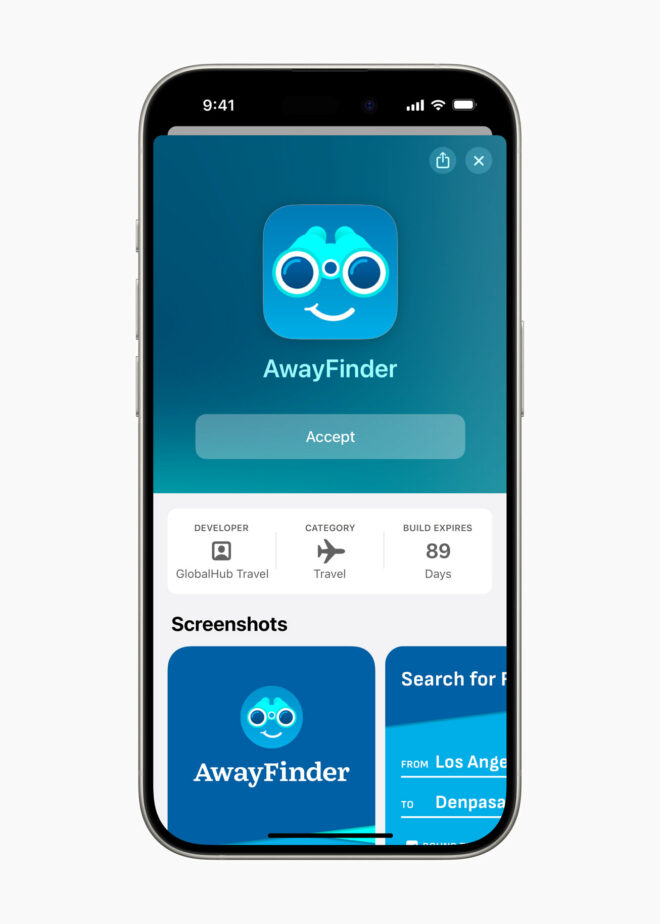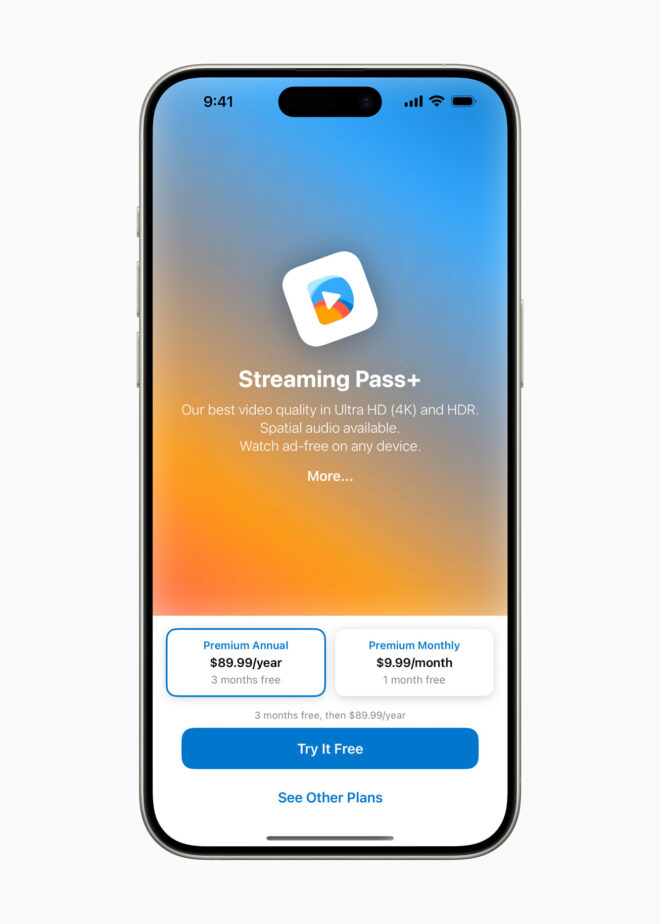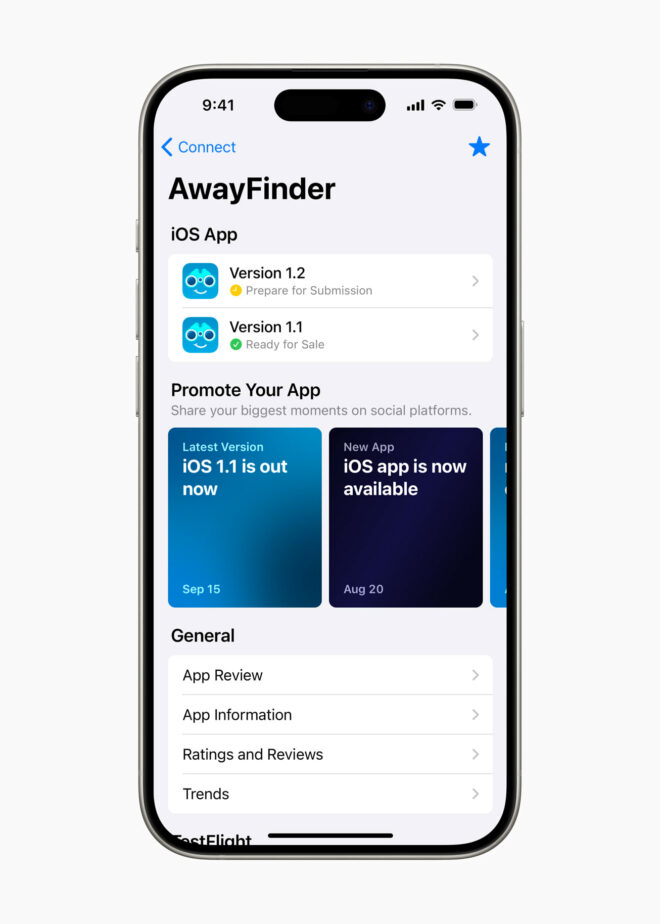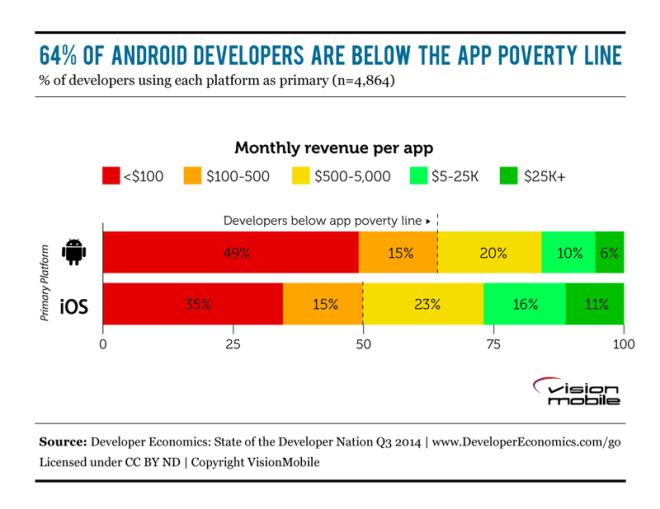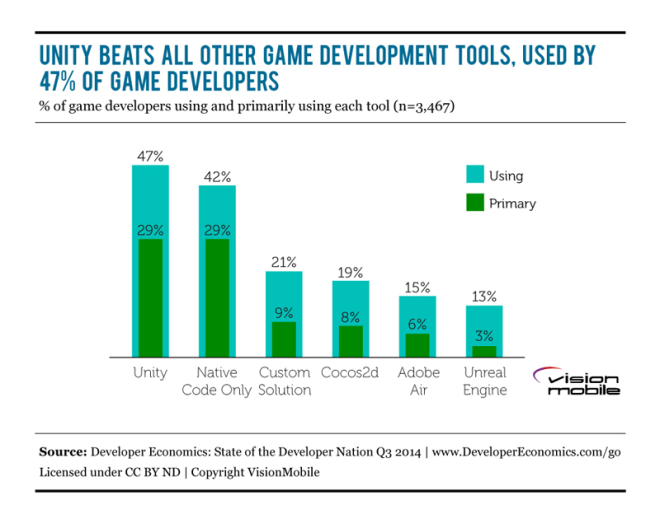Looking for a complete summary of this week in developer news? You’ve found it. The entire tech world was focused on Cupertino for Apple’s WWDC 2025, but that was far from the only story. From a critical zero-day vulnerability and major new AI platform announcements to foundational shifts in core Linux tools, it’s been a packed week.
{{ advertisement }}
Here’s our comprehensive breakdown of the essential news you need to know.
The Main Event: Apple’s WWDC 2025 Overhaul
Apple’s Worldwide Developers Conference set the tone for the next year, revealing sweeping changes across its entire ecosystem. The key announcements for developers include the new iOS 26 and macOS 26 naming convention, a new “Liquid Glass” design system, and, most importantly, developer access to “Apple Intelligence” foundation models to build AI-powered features directly into apps.
See the key announcements here.
What is Liquid Glass? Liquid Glass is Apple’s new design material introduced across iOS 26, iPadOS 26, macOS Tahoe, watchOS 26, and tvOS 26. Alan Dye, Apple’s VP of Human Interface Design, called it “our broadest software design update ever.” Find out how Liquid Glass works and where you’ll find it in this comprehensive blog post.
Note from our community member CacheProgrammer who attended WWDC:
“The loudest in-person response was to an announcement I have not seen in any recap. You know how, when you call Custom Service and are on hold for what seems like forever…well, Apple announced during one of the announcements that you will be able to put the phone down and when the live support person finally comes online, the phone will tell THEM that YOU will be right with them and to please wait…and then notify you that your call has gone through, and you can pick up the phone and have a conversation with a live person. And the crowd at WWDC 25 went WILD! The loudest and longest applause of any of the other announcements. And no one who wasn’t there in person is mentioning it!”
Critical Security Alerts: June’s Patch Tuesday
It was a crucial week for system security as both Microsoft and Adobe released their monthly “Patch Tuesday” updates.
- Microsoft Patches Actively Exploited Zero-Day: The headline security news was Microsoft’s patch for an actively exploited zero-day vulnerability (CVE-2025-33053) in WebDAV that allows for remote code execution. In total, 66 vulnerabilities were addressed, including several other critical RCE flaws.
- Adobe Fixes Over 250 Vulnerabilities: Adobe’s update was also massive, fixing over 250 CVEs. The bulk of these were for Adobe Experience Manager, highlighting the ongoing need for diligence in patching enterprise systems.
The AI Frontier: New Tools from Databricks and AMD
While Apple focused on on-device AI, the enterprise and hardware AI spaces saw major new platforms emerge.
- Databricks Launches Enterprise AI Tools: At its Data + AI Summit, Databricks unveiled a suite of tools for building company-specific AI systems. Key announcements included Lakebase, a managed Postgres database for AI apps, and Agent Bricks, a framework for building enterprise-grade AI agents.
- AMD Launches Developer Cloud: In a direct move to attract AI developers, AMD launched the AMD Developer Cloud. This platform provides cloud-based access to its powerful Instinct™ MI300X GPUs, giving developers an open-ecosystem alternative for building and training AI models.
Platform & Tooling Updates for Developers
It was a busy week for updates to the tools and platforms developers use every day.
GitHub, .NET, and Visual Studio
- .NET 10 Preview 5 Released: The latest preview of .NET 10 is now available, giving developers a first look at Post-Quantum Cryptography (PQC) libraries, along with runtime performance enhancements and updates for ASP.NET Core.
- VS Code v1.101 Improves AI Chat: The ubiquitous code editor released an update focused on improving the integrated AI assistant experience, making AI-generated edits faster and streamlining the chat interface.
- GitHub Adds New Features: GitHub rolled out Scheduled Reminders for Pull Requests to improve team workflows. For AI developers, they also launched a public preview of the Remote MCP Server, a hosted service that gives AI tools secure, live access to GitHub repository context.
Foundational Shifts: The Future of sudo in Ubuntu
In one of the most surprising pieces of developer news this week, it was reported that the upcoming Ubuntu 25.10 will replace the traditional sudo command. Its Rust-based equivalent, sudo-rs, is intended to provide a more memory-safe implementation, reducing the risk of security vulnerabilities in one of the most critical and long-standing Linux system utilities. This marks a major philosophical and technical shift for a command that has been a developer staple for decades.
From Apple’s complete platform refresh to critical security patches and the relentless march of AI tooling, this week was a powerful reminder of how quickly our landscape evolves. These updates present new opportunities, new tools to master, and new security postures to adopt.
What news will impact your work the most? Let us know in the comments below!


